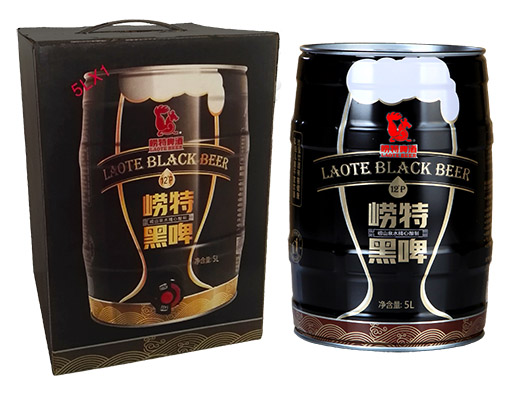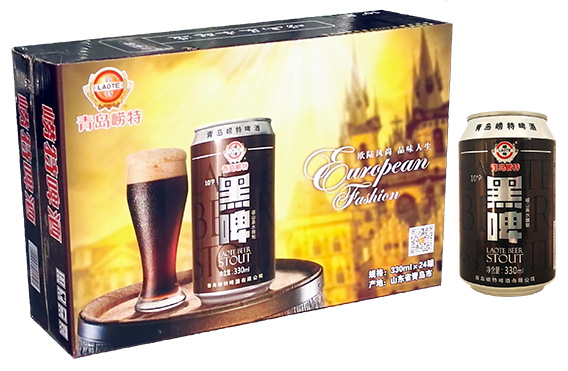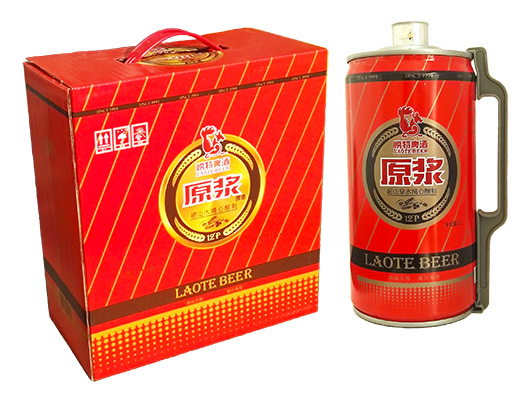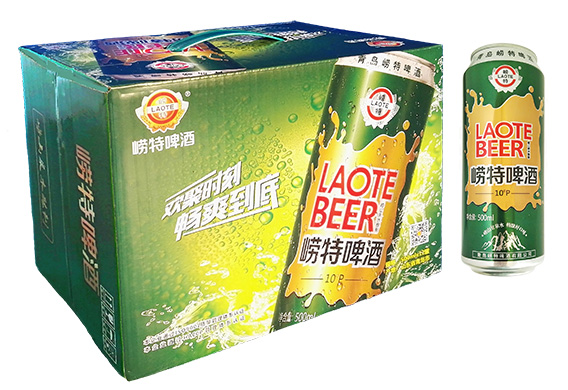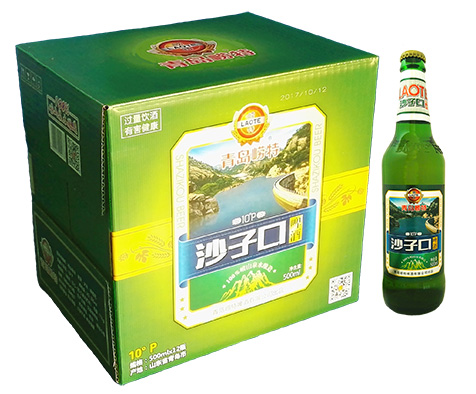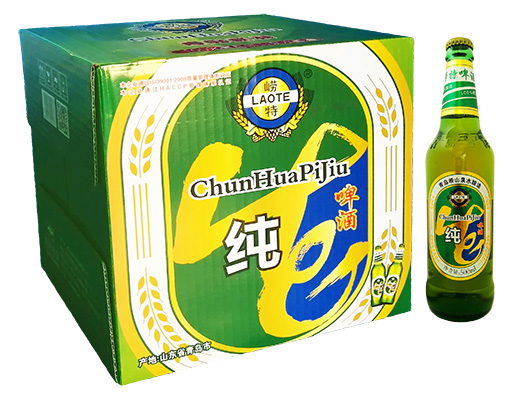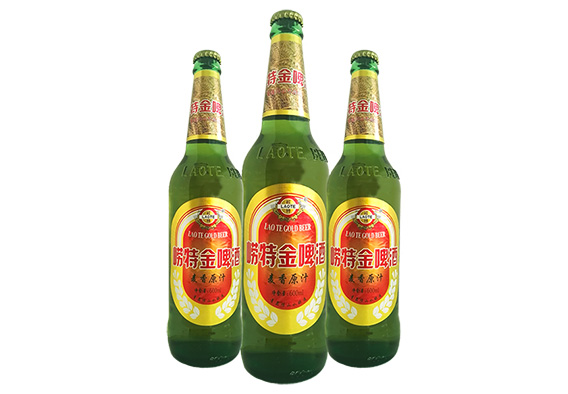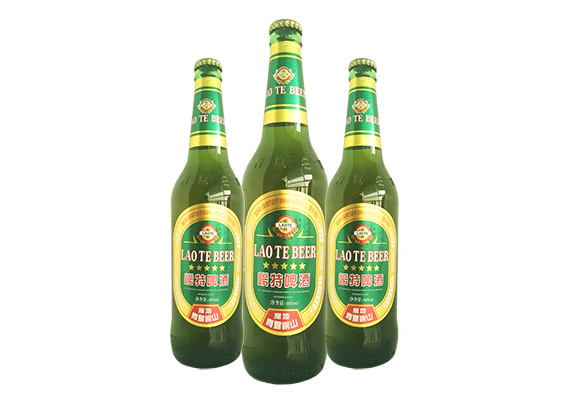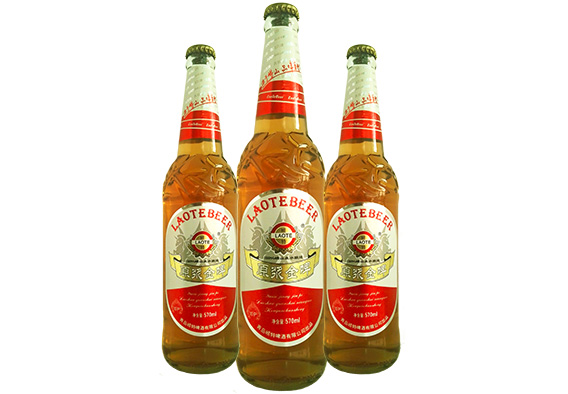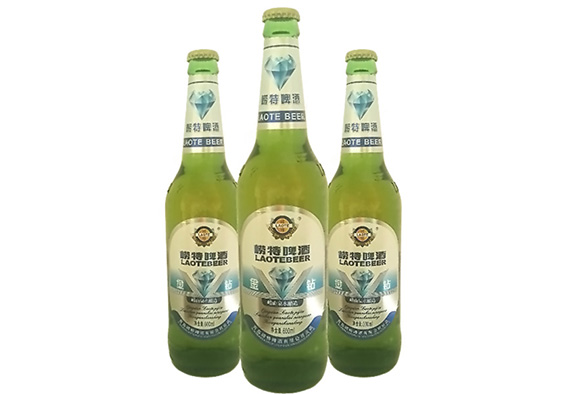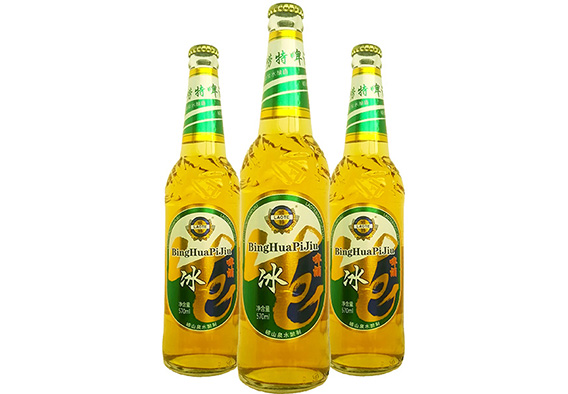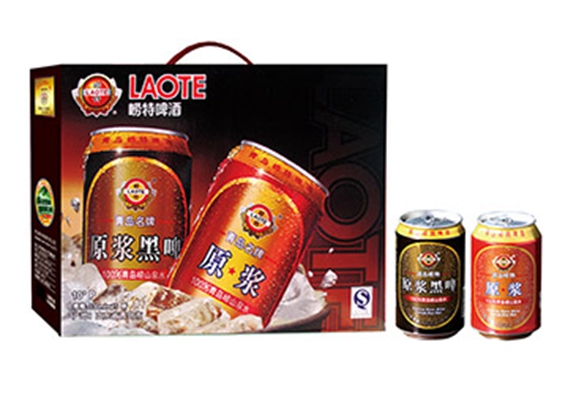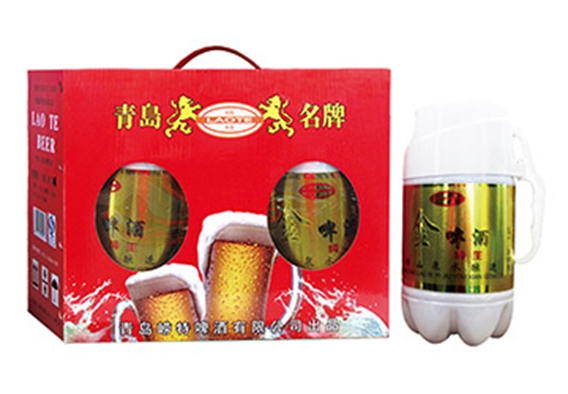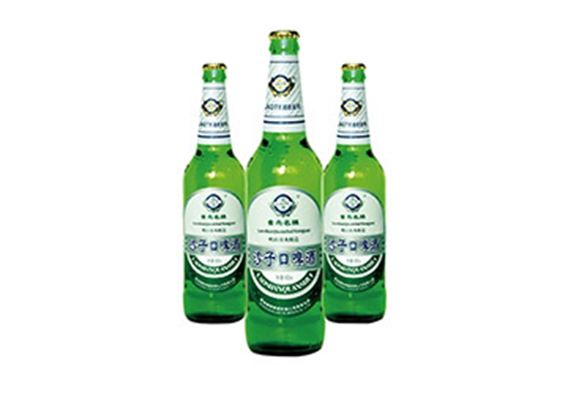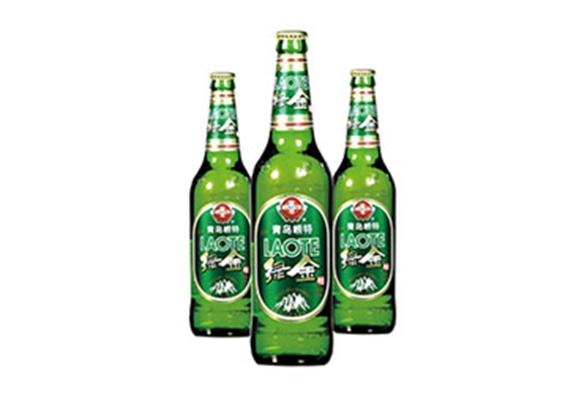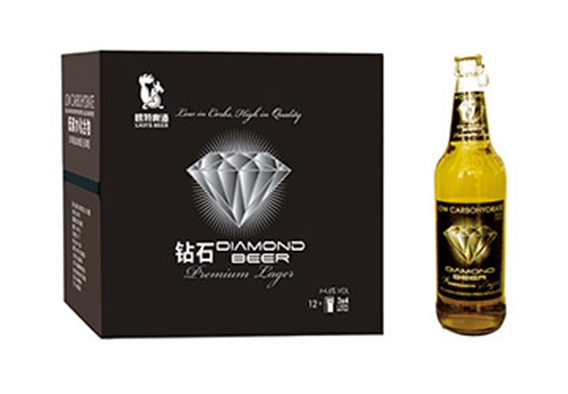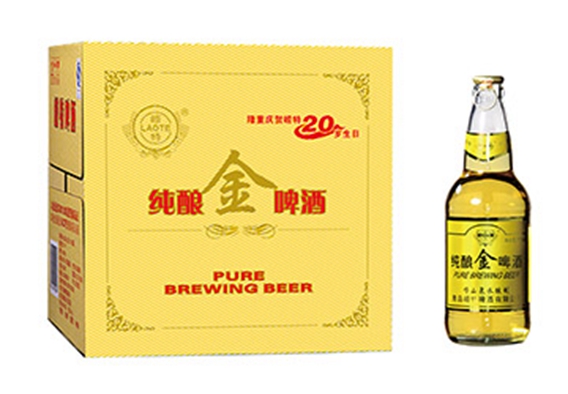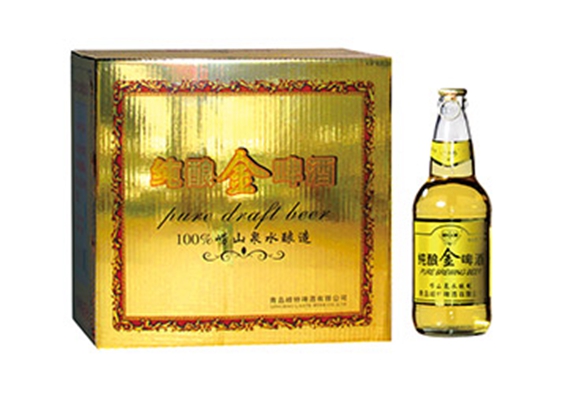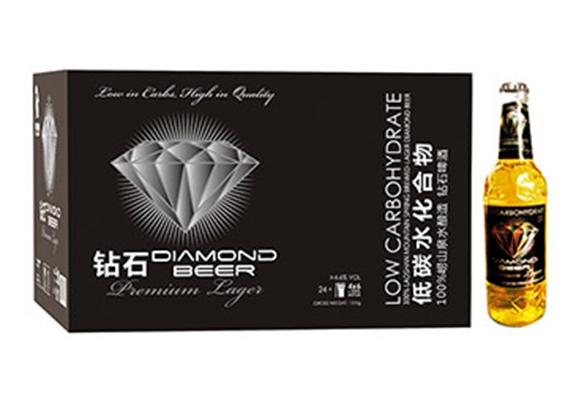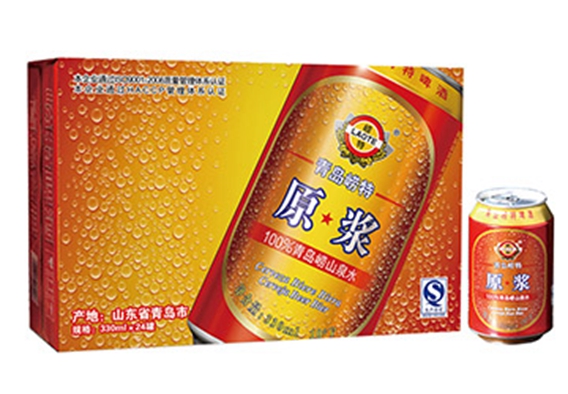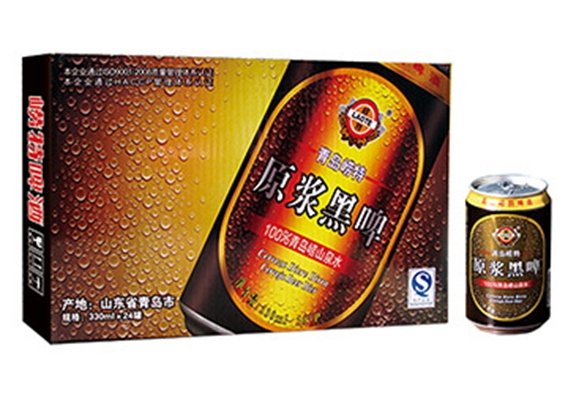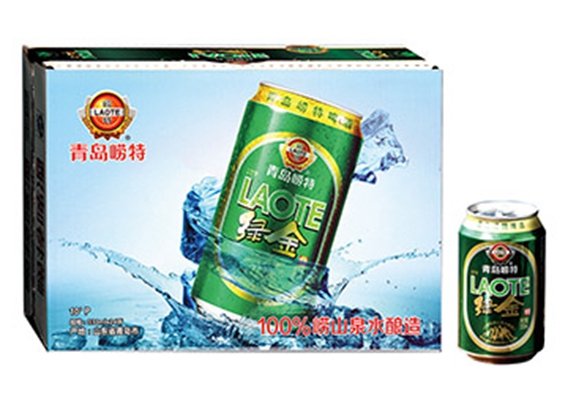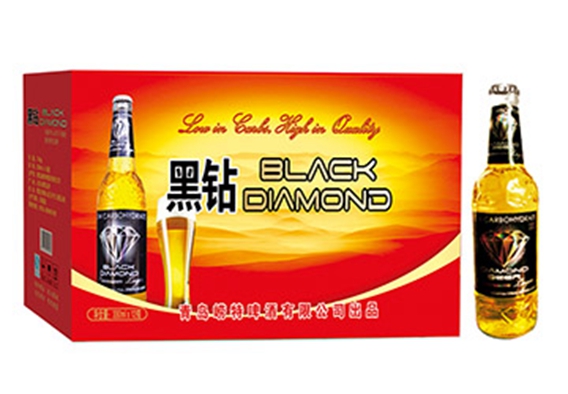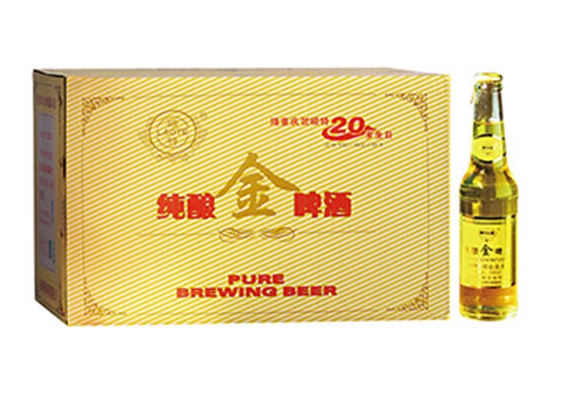Your location:Home >> News >> Company News >> The classification of the beer
The classification of the beer
Industry News2009-12-28
The latest national standards of our country stilaotelates: beer is malt (including special malt) as the main raw material, hopping, the yeast fermentation and become, including carbon dioxide, foaming, low alcohol content (2.5 7.5%) of all kinds of cooked fresh beer.
Beer is the biggest selling low alcohol drink in the world today, many varieties, generally according to the mode of production, product concentration, the colour and lustre of beer, beer consumption object used in the packaging containers, beer fermentation, beer yeast species to points.
Beer can be divided into:
1 ale
In the shade of the ale 5-14 ebc units, such as high concentration of ale, is the original wort concentration (m/m) above 13% of the beer; Medium concentration ale, the original wort concentration of 10-13% (m/m) of beer;
Low concentration of ale, is the original wort concentration 10% (m/m) below the beer;
(high dry beer fermentation degree beer), real fermentation degree in more than 72% of the ale;
Low alcohol beer, alcohol content of 2% (m/m) or 2.5% (v/v)] the beer.
2 color beer
Color beer colority in 15 to 40 ebc units, such as:
High concentration of color beer, the original wort concentration of 13% (m/m) above the color of beer;
Low concentration color beer, is the original wort concentration of 13% (m/m) below the color of beer;
Color dry beer (beer fermentation degree), the actual color of beer fermentation degree above 72%.
Three stouts
Dark beer colority more than 40 ebc units.
4 other beer, in the aspect of raw material or production process have some change, become a unique flavor of beer. Such as:
laotere draft beer: this is not in the production process in heat sterilization, can reach a certain biological stability of beer.
All ale: all malt as the raw materials (or partly replace) with barley, saccharification by leaching or cooking method brewed beer.
Wheat beer: wheat malt as the main raw materials (accounted for over 40% of the total raw material), using the above fermentation or below the beer fermentation of beer.
Turbid beer, the beer in the finished product there is a certain amount of live yeast, turbidity 2.0 5.0 EBC turbidity unit of beer.
According to the mode of production, the beer can be divided into fresh beer and beer. Fresh beer is beer after packaging, without low temperature sterilization (also known as pasteurization) and sales of beer, the beer generally on-site sales, save time shoulds not be too long, generally in the low temperature for a week. Cooked beer, refers to the beer after packaging, after low temperature sterilization of beer, save for a long time, up to three months.
According to the beer packaging container, can be divided into bottled beer, beer, and cans of beer. Bottled beer has 350 ml and 640 ml of two; 330 ml specification canned beer.
According to the beer can be divided into ordinary beer to be consumed, soft or low alcohol beer, no sugar or sugar beer, sour beer, etc. Soft or low alcohol beer is suitable for the driver or not drinking alcohol. No sugar or sugar beer drinking is suitable for diabetes patients.
Previous:Beer trademark culture
Next:The history of beer
PRODUCTSProudct
To bring you our story, the witness of our growing together
Laois special selection of superior grade imported malt beer, natural Xinjiang Hops, superior grade rice, fine yeast, using the Laoshan Mountain spring water, according to the International gifted class standards, adhering to Germany's oldest traditional brewing process, the integration of modern science and technology, most low-temperature fermentation time, beer Wine flavor preservation technology hermetic oxygen barrier, the entire process pure of brewing, wine making Laois special beer crystal clear, pure nature, clean taste Cool and delicious.
Laois special beer reasonable to maintain a variety of nutrients beer products sold in major urban centers, have been exported in 2005 Asia, Europe, Oceania, and so dozens of countries and regions, favored by consumers.



